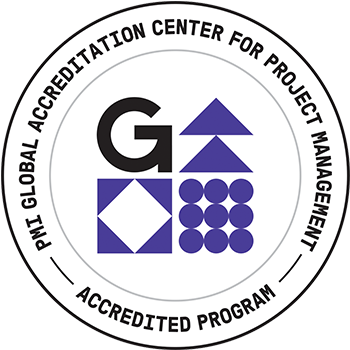The most highly skilled agile teams understand continuous delivery and implement continuous improvement for the development of quality software and products. But, creating a high performing agile team is no easy task. Agile leaders need to understand how to properly recruit professionals who have cross-functional skills and those who can effectively utilize the scrum values. If you are a project manager, scrum master or agile coach you need to develop a team culture that promotes commitment, focus, openness, respect, and courage for the execution of a successful workflow. The process of creating a successful workflow that promotes continuous improvement requires agile teams to fully understand the business value of the end users. Also, a successful workflow clearly outlines: release frequency, delivery speed, user stories/product features and team velocity. The best agile teams have learned to adopt self-organization and create innovative products not working in silos.
The attendees will learn how to do the following:
- Recruit Professionals with Cross-Functional Skills
- Define Business Value for Users and Conduct Sprint Planning
- Improve Communication and Collaboration (Teams and Stakeholders)
- Create a Successful Workflow for Continuous Delivery/Continuous Improvement
PMI Talent Triangle: Technical Project Management
Watch recorded session
Evaluate Session
Abstract: The development of several mini-websites (microsites) at the American Chemical Society is being presented as an example of utilizing an agile workstyle in a historically non-agile environment. Two of the microsites were the conversion of a print magazine to a digital product, while the third was the re-creation of a course catalog. The projects required some non-standard application of agile principles to promote the collaboration and engagement characteristic of agile project. The business owners worked closely with members of the Web Strategy and Operations team on all aspects of the microsite development, including the discernment of the design, the features, and content workflow. After the first project, all stakeholders were invited to weekly project meetings, with enough information to allow the stakeholders to decide if they needed to attend a meeting. A dashboard allowed all participants to see the status of the project, and many tasks were tracked with Jira. The projects often faced resource limitations, e.g. team members were not exclusively dedicated to the projects. Competing activities and projects posed major challenges to the project cadence, communication, and general team dynamics. This talk will show the agile principles applied to the projects and will discuss some of the tactics taken to overcome the challenges.
PMI Talent Triangle: Technical Project Management

